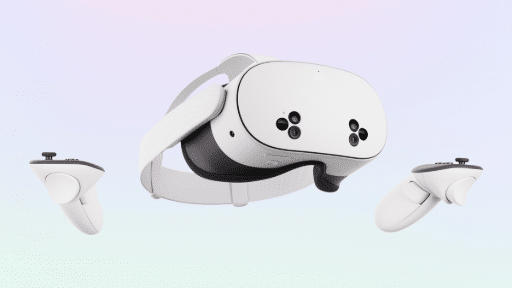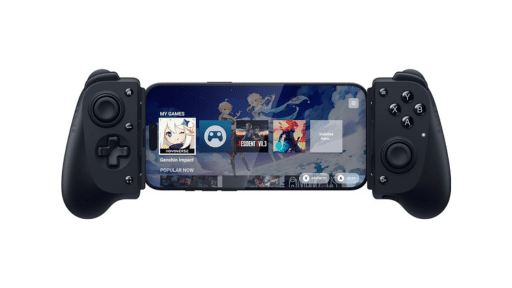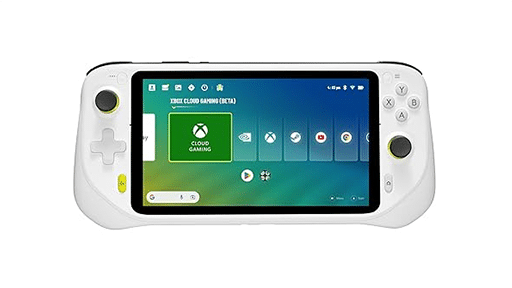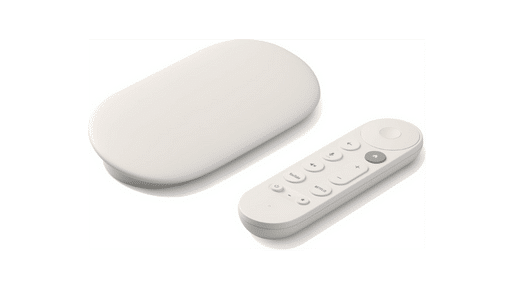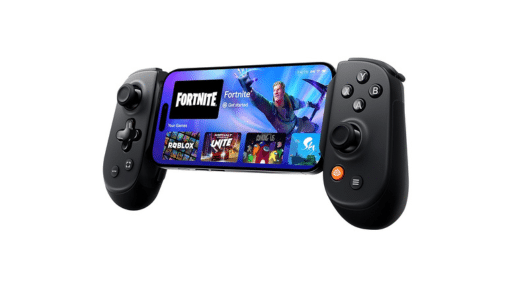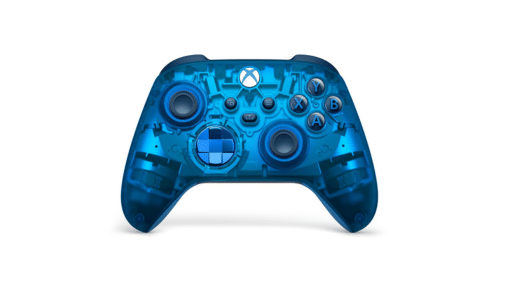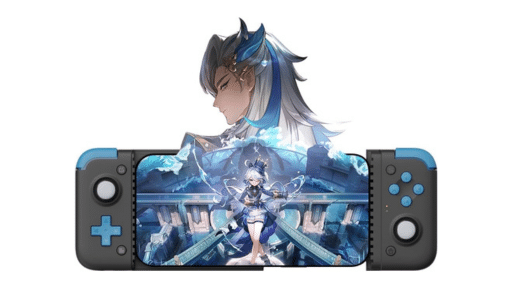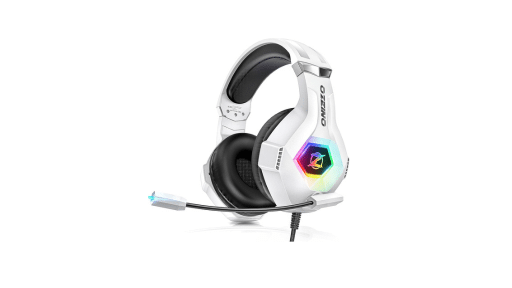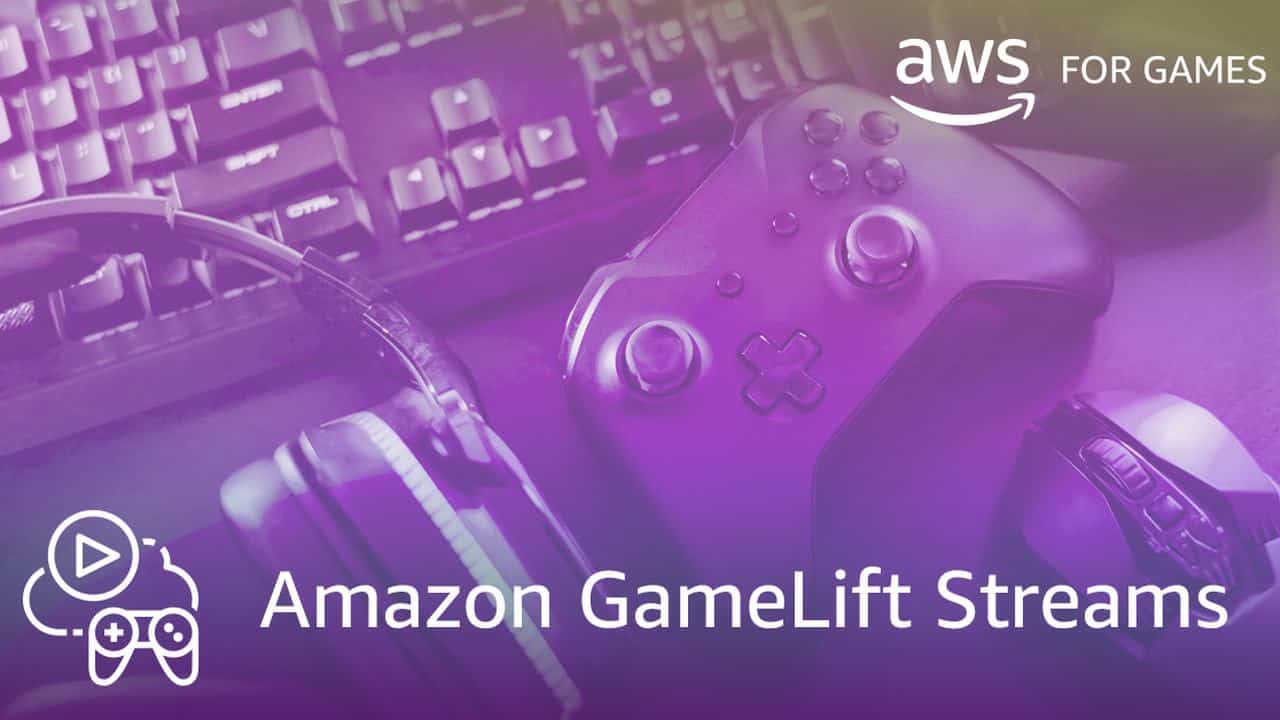
Amazon just announced Amazon GameLift Streams, a new cloud gaming tool that lets developers stream games straight to gamers. Since 2016, Amazon GameLift has powered multiplayer games with dedicated servers, handling up to 100 million concurrent users in a single game. But developers have been asking for more than just servers—they want a way to stream games without building their own cloud infrastructure. That’s where Amazon GameLift Streams comes in.
As part of this change, Amazon is rebranding its existing server-hosting tech as Amazon GameLift Servers, which still powers big-name studios like Ubisoft, Zynga, WB Games, and Meta. Meanwhile, Amazon GameLift Streams gives developers a way to stream games to any WebRTC-enabled device without needing to modify game code or manage backend infrastructure.
Unlike services like GeForce NOW or Xbox Cloud Gaming, Amazon GameLift Streams isn’t a consumer-facing platform. Instead, it gives developers the tools to host their own cloud gaming services, whether for full game streaming, instant-play demos, or playable game ads. If this sounds familiar, that’s because it is—Google tried a similar approach with Immersive Stream for Games before shutting it down. Amazon is taking over that space with a similar solution, but this time backed by AWS.
This announcement also raises questions about Amazon Luna, Amazon’s existing cloud gaming platform. With Amazon GameLift Streams offering a white-label version of Luna’s tech, could this signal a shift in Amazon’s long-term strategy for cloud gaming? Here’s what you need to know about Amazon GameLift Streams, how it compares to other cloud gaming services, and what it means for Luna’s future.
How Amazon GameLift Streams Works
Amazon GameLift Streams is Amazon’s latest attempt to tackle cloud gaming, but it’s not meant for gamers—it’s for developers and publishers who want to stream their games directly. Amazon GameLift Streams isn’t a cloud gaming service for gamers, like Amazon Luna, GeForce NOW, or Xbox Cloud Gaming. Instead, it’s a backend tool that gives developers control over how and where their games are streamed.
Normally, setting up a cloud gaming service requires modifying game code, managing infrastructure, and handling server costs. With Amazon GameLift Streams, developers bypass those hurdles and can start streaming games within minutes. Developers upload their game builds to AWS, and the service streams them as-is to any WebRTC-enabled browser. That means gamers can play on PCs, phones, tablets, or smart TVs without downloading anything.
Amazon GameLift Streams offers several key features that set it apart:
- No major code changes required. Amazon GameLift Streams supports Windows, Linux, and Proton runtimes. This means developers can stream their games without needing to rebuild them for different operating systems, something that other cloud platforms often require. Proton support is especially significant, as it allows Windows-based games to be streamed on Linux without modification.
- 1080p, 60FPS streaming. Amazon says it can deliver smooth gameplay across devices, running on AWS’s global cloud infrastructure.
- Works on modern web browsers. The service supports Google Chrome, Microsoft Edge, Mozilla Firefox, and Safari, or any browser that runs WebRTC. This ensures broad compatibility across devices without requiring special apps or plugins.
- Scalability. Developers only pay for what they use, scaling their streams up or down based on demand.
- Full control over game distribution. Instead of relying on platforms like Steam or GeForce NOW, developers can sell and stream their own games directly or offer cloud-based demos.
It’s a different approach from most cloud gaming services. Amazon GameLift Streams isn’t a subscription service or a storefront. It’s a tool for developers who want to offer cloud streaming without getting locked into a bigger platform’s rules.
Amazon GameLift Streams vs. Immersive Stream for Games: Filling Google’s Gap
If Amazon GameLift Streams sounds familiar, that’s because Google tried something similar with Immersive Stream for Games—a white-label version of Google Stadia that let developers stream their games without running their own infrastructure. Google shut Stadia and Immersive Stream for Games down in 2023, leaving a gap in the market. Amazon is stepping in to offer a similar solution, but with AWS backing it up.
The core idea is the same: developers and publishers can offer cloud-based game access without needing a third-party platform. But there are a few key differences between Amazon’s approach and what Google tried:
- Stronger Cloud Infrastructure – Google had the technology, but Amazon has AWS, which is already used by countless gaming companies. That gives Amazon GameLift Streams a better chance of long-term survival.
- More Control for Developers – With Google’s service, publishers still had to rely on Google’s infrastructure choices. Amazon GameLift Streams gives developers full control over distribution, monetization, and scaling.
- Proven Industry Adoption – Google struggled to get major studios on board. Amazon is already working with Bandai Namco, Jackbox Games, Xsolla, and Ludeo, showing early industry interest.
While Google’s Immersive Stream for Games had promise, it never fully took off. Amazon’s version could succeed where Google failed—but only if developers embrace it.
How Amazon GameLift Streams Fits into Cloud Gaming
Currently, Cloud gaming is dominated by a few major services—GeForce NOW, Xbox Cloud Gaming and PlayStation Streaming. But Amazon GameLift Streams isn’t trying to be another subscription-based cloud gaming platform. It’s a developer tool, designed to let studios stream their own games, on their own terms.
Most cloud gaming services force developers to fit into a specific model:
- GeForce NOW only streams games from storefronts like Steam, Epic Games Store, and Ubisoft Connect.
- Xbox Cloud Gaming is tied to Game Pass, meaning a game has to be part of Microsoft’s ecosystem.
- PlayStation Streaming is locked behind PS Plus and only works with PlayStation games.
Amazon GameLift Streams removes those restrictions. Instead of developers having to work within someone else’s platform, they can set up their own cloud gaming service—whether for demos, back catalog streaming, or full game distribution.
This shift could have a ripple effect. Ubisoft, which now controls cloud streaming rights for Activision Blizzard games, could use Amazon GameLift Streams to launch its own cloud service instead of relying on GeForce NOW or Amazon Luna. We speculated back in September 2022 that Ubisoft could launch their own 1st party cloud service powered by Google Immersive Stream for Games. Other publishers may follow, creating their own streaming services rather than licensing their games to a third party.
For Amazon, this raises another big question: Where does this leave Amazon Luna? If publishers start taking control of their own cloud streaming, Luna may lose some of its biggest partners.
What does GameLift Streams Mean for Amazon Luna?
With Amazon GameLift Streams giving developers full control over their cloud gaming distribution, it raises an important question: What happens to Amazon Luna?
When Amazon launched Luna, the goal seemed clear—compete with Xbox Cloud Gaming and GeForce NOW by offering a subscription-based cloud gaming service. But over time, Luna struggled to attract publishers and started shifting focus. Two of its original subscription channels shut down, and Amazon started relying more on Ubisoft+ and adding free games for Prime members.
Now, with Amazon GameLift Streams, Amazon’s priorities seem even clearer. Instead of building Luna into a Game Pass competitor, Amazon might be pivoting toward selling cloud gaming infrastructure instead of running its own consumer-facing service. If publishers and developers can host their own cloud gaming platforms, Amazon doesn’t need Luna to be the middleman.
Is This the Beginning of the End for Luna?
There are a few possible futures for Amazon Luna:
- Luna gets folded into Amazon GameLift Streams. Instead of being a separate service, Luna could become a first-party demo for Amazon’s streaming tech, just like Google Stadia before it shut down.
- Luna continues, but in a reduced role. Amazon may keep Luna alive, but it could focus on letting gamers stream their existing PC game libraries rather than trying to build a full-on competitor to Xbox Cloud Gaming.
- Luna eventually shuts down. If Amazon GameLift Streams proves more successful, Amazon may decide there’s no reason to keep Luna running.
Another factor is Ubisoft. Right now, Ubisoft+ is one of Luna’s biggest selling points, but if Ubisoft decides to launch its own cloud gaming service using Amazon GameLift Streams, it could pull out of Luna entirely, leaving the service in an even weaker position.
Amazon hasn’t made any announcements about Luna’s future yet, but with Amazon GameLift Streams now in play, it wouldn’t be surprising if Luna quietly fades away—just like Google Stadia did.
The Future of Cloud Gaming is in Developers’ Hands
With Amazon GameLift Streams, Amazon isn’t trying to compete with Xbox Cloud Gaming or GeForce NOW. Instead, it’s taking a different approach—giving developers and publishers control over their own cloud gaming services.
This move makes sense. Google’s Immersive Stream for Games tried to do something similar, but Google shut it down before it could take off. Now, Amazon is stepping in with stronger infrastructure, industry backing, and a developer-first mindset. Whether it succeeds depends on whether publishers embrace the idea of running their own cloud platforms instead of relying on existing services.
No More Platform Restrictions for Developers
A major advantage of Amazon GameLift Streams is its support for Windows, Linux, and Proton, allowing developers to stream their games across different operating systems without requiring major modifications. Other cloud gaming services often force developers to adapt their games to specific platforms, but Amazon GameLift Streams removes that barrier. Proton support is particularly important, as it enables Windows games to run seamlessly on Linux, expanding compatibility without extra development work.
Could Publishers Ditch Existing Cloud Platforms?
Ubisoft, in particular, has a big decision to make. With cloud streaming rights to Activision Blizzard games, they now have the option to go independent—and Amazon GameLift Streams could give them the tools to do it. If more publishers follow, the cloud gaming landscape could start to shift away from subscription-based platforms like Luna, GeForce NOW, and Xbox Cloud Gaming and toward a more fragmented, publisher-driven model.
What Happens to Amazon Luna?
That leaves Amazon Luna in an uncertain position. If publishers start running their own streaming services, Luna might lose its biggest partners—or even shut down entirely. Amazon hasn’t said anything yet, but given how similar this situation is to Google Stadia, it wouldn’t be surprising if Luna follows the same path.
With developer-first control, multi-platform support, and AWS infrastructure, Amazon GameLift Streams could reshape how cloud gaming works. But will developers actually take advantage of it? Or will Amazon struggle to get adoption, just like Google did? Do you think more publishers will create their own cloud gaming services, or will they stick with existing platforms? Let us know in the comments!
As always, remember to follow us on our social media (e.g., Threads, X (Twitter), Bluesky, YouTube and Facebook) to keep up with the latest news. This website contains affiliate links. We may receive a commission when you click on these links and make a purchase, at no extra cost to you. We are an independent site and the opinions expressed here are our own.

